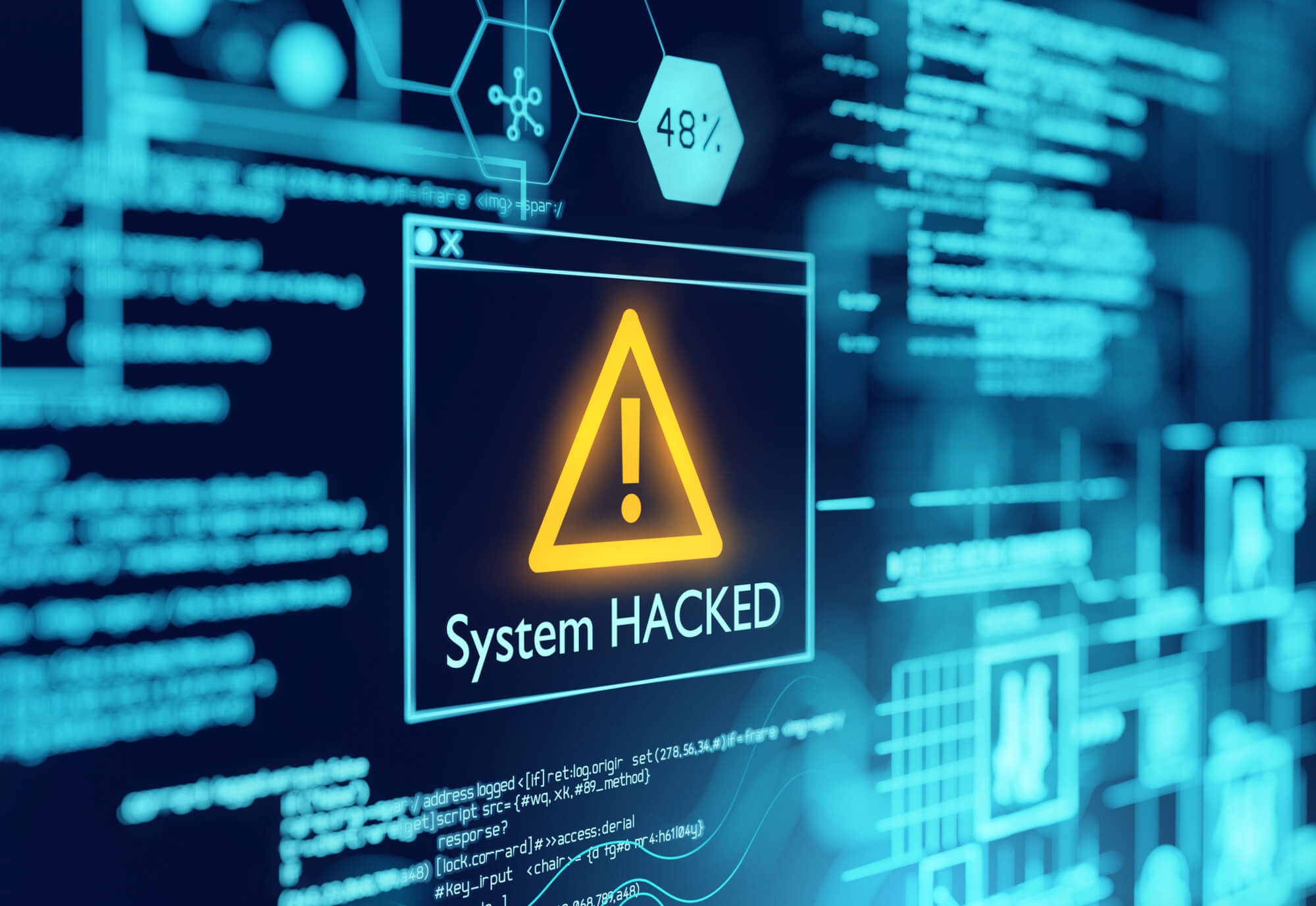Cybercrime and Safeguarding in Schools

A recent report from the Parliamentary Office of Science and Technology (POST) highlights the urgent need for improved cybersecurity strategies in education. This article looks at the growing cyber threats in schools and the steps needed to protect young people.
Schools face a considerable threat from the rising tide of cybercrime, which impacts the organisation, students and staff. The increasing reliance on digital technologies in education raises serious safeguarding concerns regarding cyber threats, including phishing, ransomware, and identity theft.
Cybercriminals target schools for various reasons, including access to sensitive student data, financial fraud, and disruption of learning. Some of the most pressing threats include:
- Phishing and Social Engineering Attacks
- Staff and students are often targeted with fake emails or messages that can trick them into disclosing login credentials or downloading malware. These are the most prevalent forms of attack and can take down entire school networks.
- Ransomware Attacks
- Ransomware attacks, where hackers lock schools out of their own data and demand ransom to release it, are increasingly aimed at schools. The National Cyber Security Centre (NCSC) guidance warns that educational institutions are high-risk targets due to their reliance on digital records.
- Data Breaches and Identity Theft
- Student and staff data, including personal details and academic records, can be stolen and sold on the dark web. Poor password management and outdated security systems make schools vulnerable to such breaches.
- Cyberbullying and Online Harms
- Cyberbullying, online grooming, and exposure to harmful content also highlight safeguarding issues for schools beyond direct cybercrime. The Children’s Commissioner for England has repeatedly emphasised the need for stronger online safety measures in schools.
Challenges in Cybersecurity for Schools
- Limited Cybersecurity Resources Many schools lack the in-house IT resources to monitor and protect against cyber threats. Due to limited budgets, they often operate with as few as one or two IT staff members serving several hundred students.
- Lack of Cybersecurity Training Teachers and other school staff often lack familiarity with cyber hygiene best practices, such as identifying phishing emails and using multi-factor authentication. Human error is still a significant security threat, particularly if staff are not adequately trained.
- Inadequate Legal Protection Cybercrime laws are often slow to adapt to emerging threats, leaving schools unsure of their legal obligations when responding to a data breach or cyberattack. The UK’s Online Safety Act aims to strengthen protections, but enforcement remains a challenge.
Schools can strengthen cyber safeguarding by implementing robust cybersecurity policies. Governance should establish clear cybersecurity protocols, including password policies, software updates, and access restrictions. The Department for Education (DfE) provides guidance on cybersecurity best practices.
Stronger digital safeguarding measures are essential. Schools should have strong filters and monitoring in place to block harmful content. The UK Safer Internet Centre offers a series of resources to assist with this.
Encouraging a cyber-safe culture is paramount. All school staff should receive regular training on recognising cyber threats. Organisations such as the National Cyber Security Centre (NCSC) offer free cybersecurity resources tailored for schools.
Educating pupils about online risks and how to be safe, including protecting their personal information and reporting any concerns, is also crucial. Education on digital literacy should form a core part of the curriculum.
Cybercrime is an increasing safeguarding concern for schools, threatening student safety, data security, and the continuity of learning. To protect young people, schools must prioritise cybersecurity training, implement strong digital safeguards, and stay informed about emerging threats. Collaboration with government agencies and cybersecurity organisations will ensure a safer digital environment for all.
Sara Spinks
SSS Author & Former Headteacher
2 April 2025